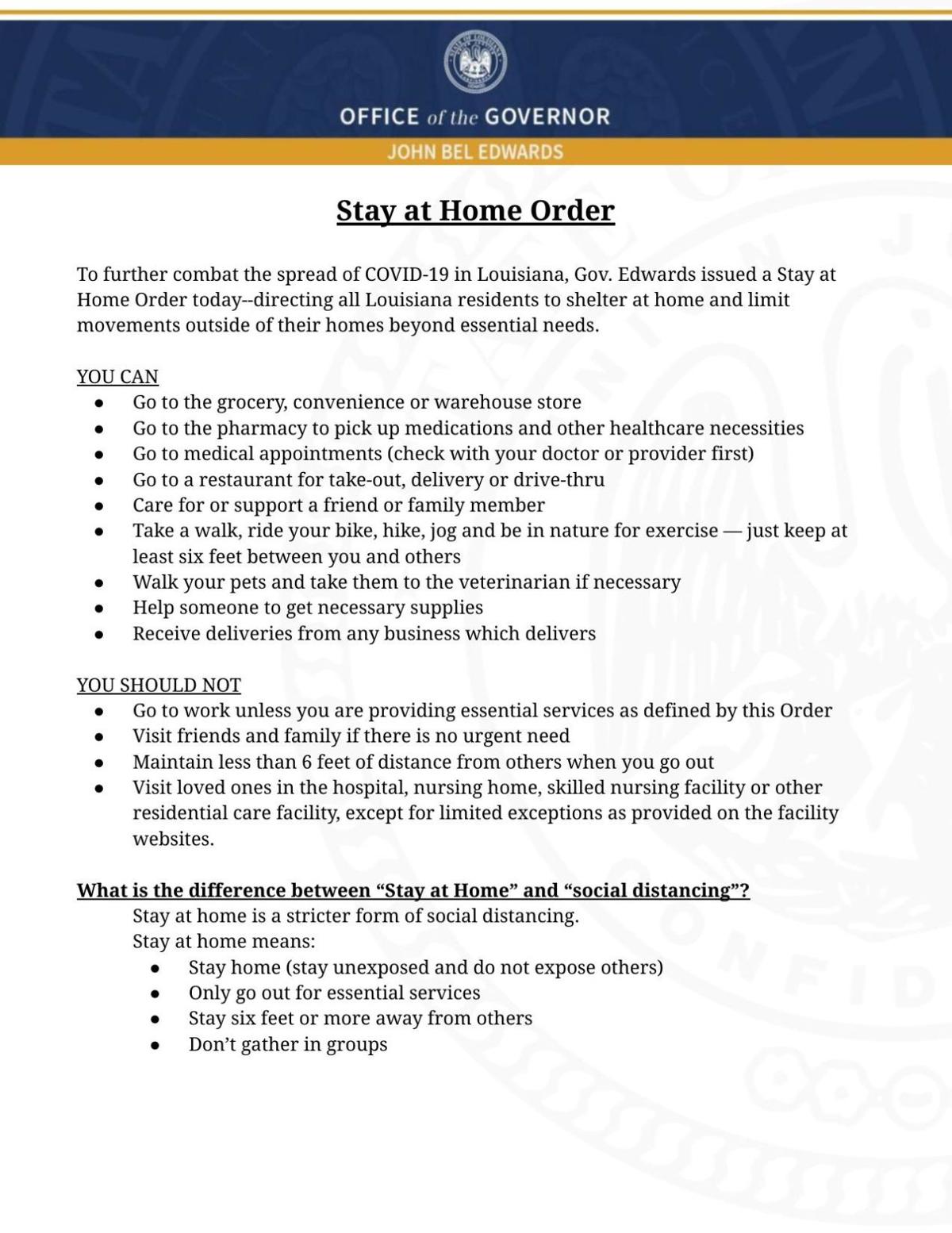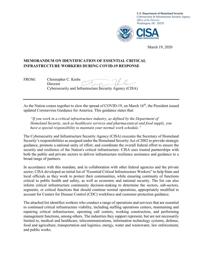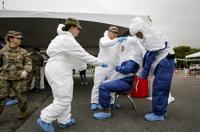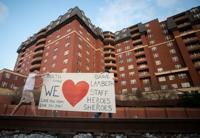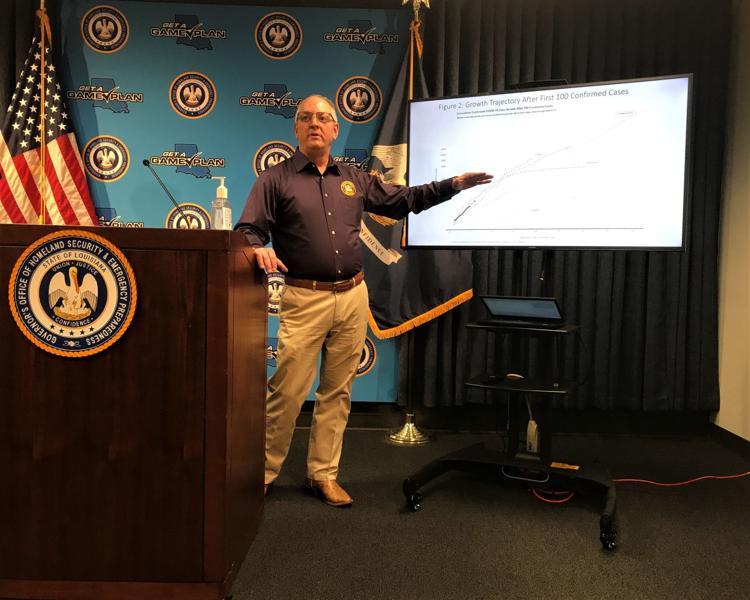
Gov. John Bel Edwards wants state’s residents to shelter in place in order to flatten the dramatically rising curve of positive tests for the novel coronavirus. One Sunday, March 22, 2020, Edwards ordered the the state’s residents to “shelter in place” beginning 5 p.m Monday through Sunday, April 12, 2020.
By MARK BALLARD and SAM KARLIN | Staff writers
PUBLISHED MAR 22, 2020 AT 1:47 PM | UPDATED MAR 22, 2020 AT 6:12 PM
Gov. John Bel Edwards issued Sunday a statewide “stay at home” order until April 12, requiring Louisiana residents to shelter in place unless going out for essential tasks, as one of the most stringent steps yet to stanch the “community spread” of COVID-19.
Louisiana has the fastest growth rate of confirmed cases in the world, Edwards said, citing a University of Louisiana at Lafayette study. Louisiana ranks third in the nation — behind New York and Washington State — in per capita cases of people infected with the deadly novel coronavirus. The growth trajectory shows Louisiana increasing its confirmed cases on the same steep angle as Italy and Spain, where the virus has become exceptionally widespread.
In two weeks, Louisiana has gone from no confirmed cases to 837 and 20 deaths in 36 of Louisiana’s 64 parishes, though most are in the New Orleans metro area. Parishes without a confirmed case only means the novel coronavirus has not been discovered there yet. Increased testing will show a greater spread of the virus to more parishes, without a doubt, the governor said. As of the time of the news conference, state labs had tested 1,385 people and commercial labs had made 2,113 tests.
Louisiana becomes the ninth state to announce a statewide shelter-in-place order since California did so on Thursday night. Residents in Connecticut, Illinois, New Jersey, New York, Ohio, Oregon and Pennsylvania have begun or are about to begin staying at home for at least two weeks.
Edwards’ order, which he issued after talking with legislative leaders, closes state agencies to the public. But people can still make groceries, go to pharmacies and medical appointments, pick up food at restaurants, care for and support family members, walk or jog outside, and take pets to visit veterinarians. Early learning centers, also known as day care centers, will remain open.
“Please know this is a difficult decision for me to make, and I do not take this lightly,” Edwards said.
The order begins at 5 p.m. Monday, though the governor asked people to start staying at home sooner. One reason for the delay, he said, was to work out with businesses how to handle the restrictions.
Edwards listed as essential health care workers, staffers in groceries, pharmacies, take-out restaurants and banks. Those working for utilities, refineries, oilfield production, construction and communications also should report to work.
The move ratchets up restrictions on Louisiana’s 4.6 million residents and businesses, following orders by Edwards to shutter schools, bars, casinos, gyms and institute a host of other rules aimed at reducing face-to-face contact.
“We need to be resolute, focused, determined and we need to beat this,” Edwards said. “We’re going to do it because we’re going to comply to these directives.”
Edwards said this order does not restrict travel from parish to parish or even across state lines. Also, no police checkpoints will be erected, enforcement will mostly rely on the goodwill of citizens.
But Edwards urged Louisiana residents to comply or officials could consider mandating stops. “If the people of Louisiana are demanding that we enforce this order before they honor it, we’re in deep trouble,” he said.
New Orleans Mayor LaToya Cantrell on Friday issued a “stay-at-home mandate” for the city that did not include any significant new restrictions on businesses or residents but represented local leaders’ strongest plea to stay home unless necessary.
Local and county governments in several large metro areas, such as Philadelphia, St. Louis, and Kansas City, mandated their residents to stay at home. Smaller locales, like Nantucket Island, off the coast of Massachusetts; San Miguel County, Colorado, where the ski resorts of Telluride are located; Athens-Clarke County, Georgia, which is the home of the University of Georgia, and Blaine County, Idaho, are under shelter-in-place orders.
The efforts are all aimed at one thing: limiting the spread of the virus enough to avoid an explosion of cases that officials warn could overwhelm Louisiana’s health care system. Officials have in recent days focused on bolstering the state’s health care capacity, looking for ways to increase the number of hospital beds, personal protective equipment like masks and vital equipment like ventilators, which most people hospitalized for COVID-19 need.
Can’t see PDF below? Click here.
